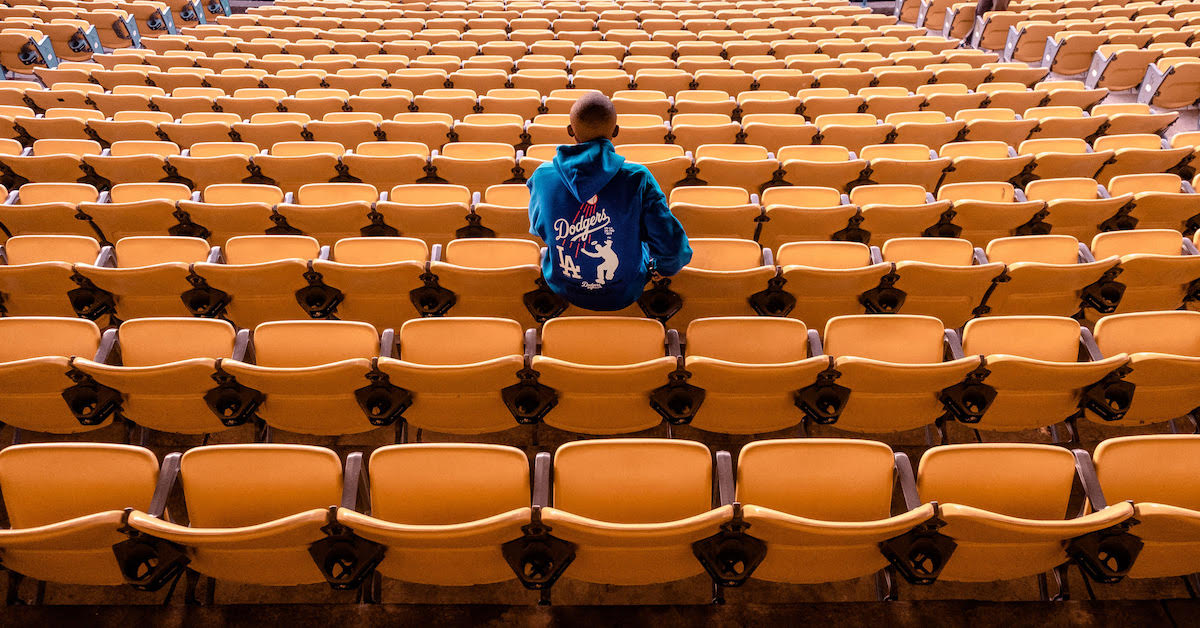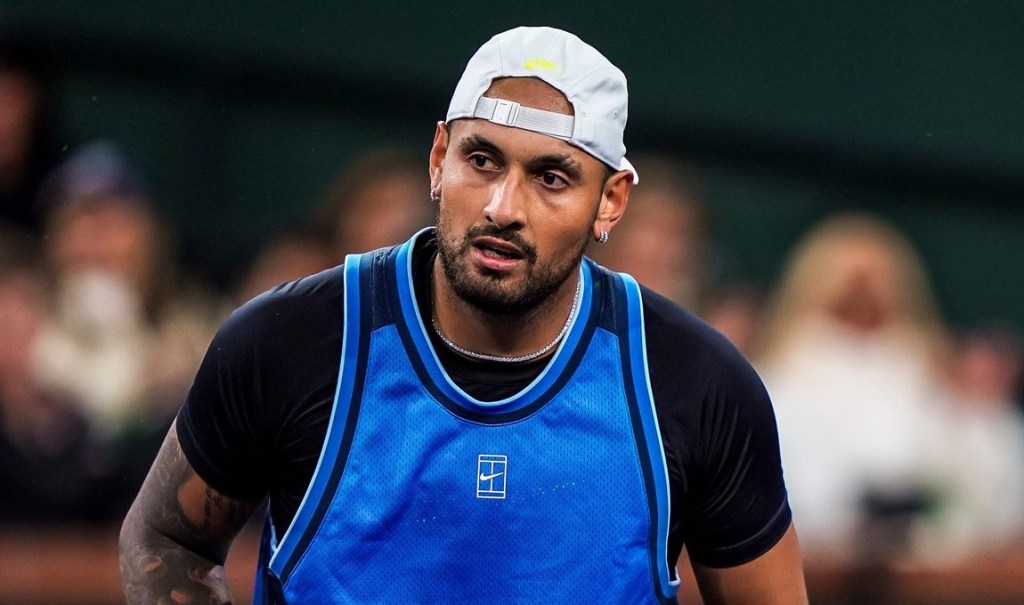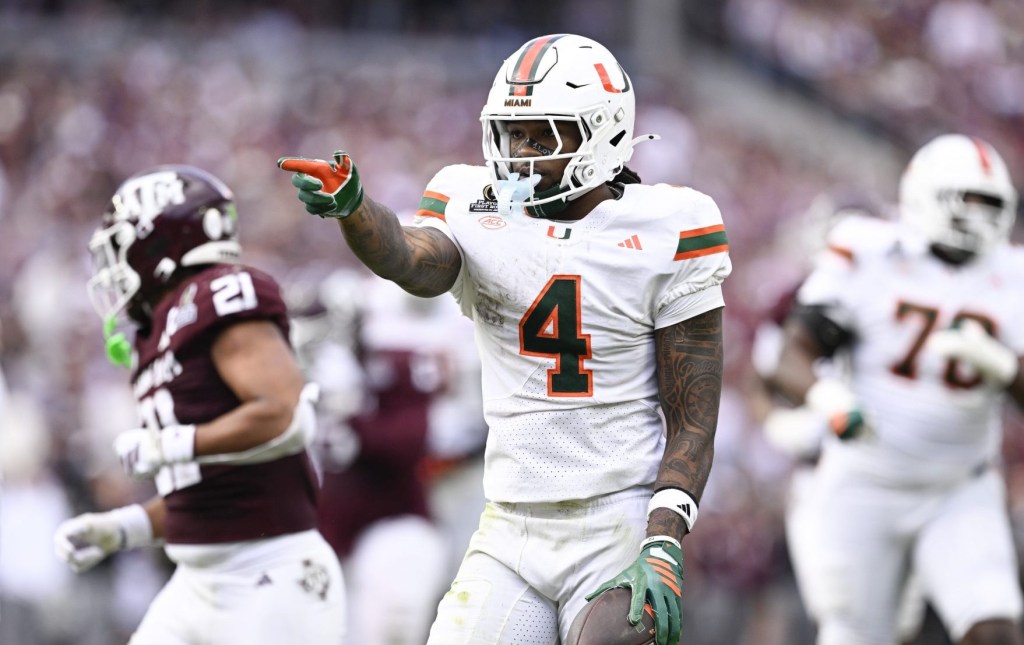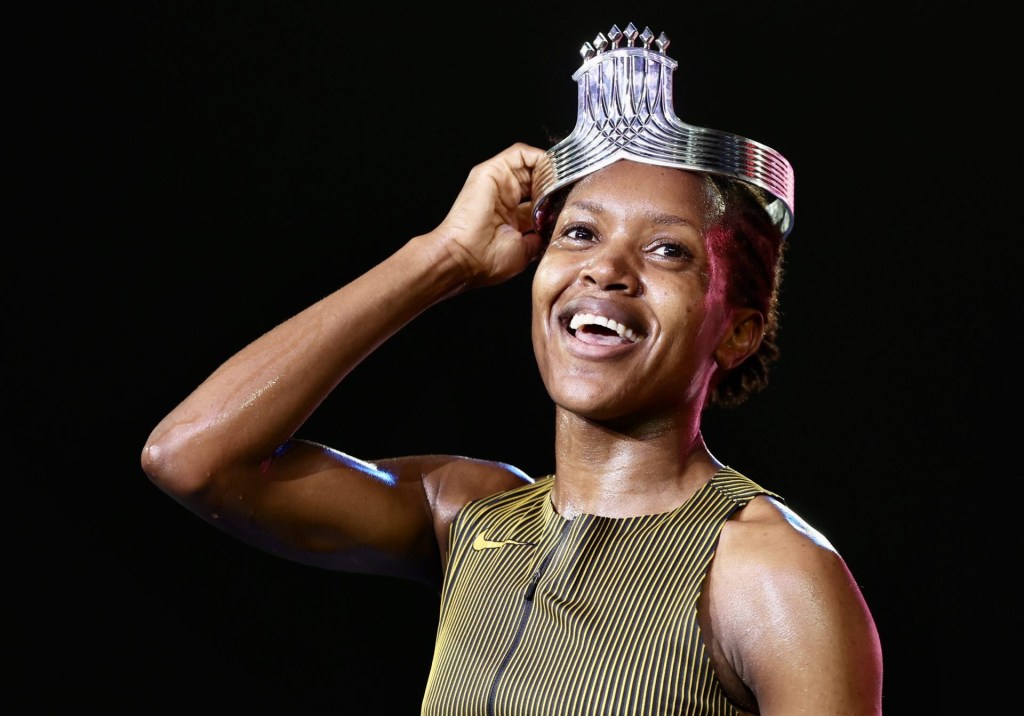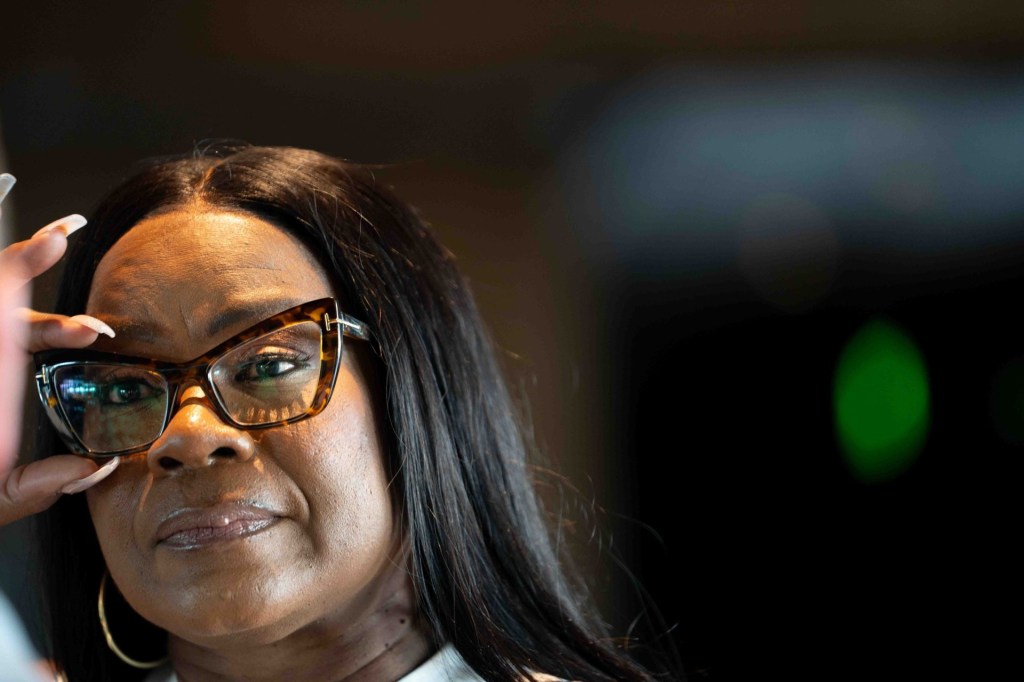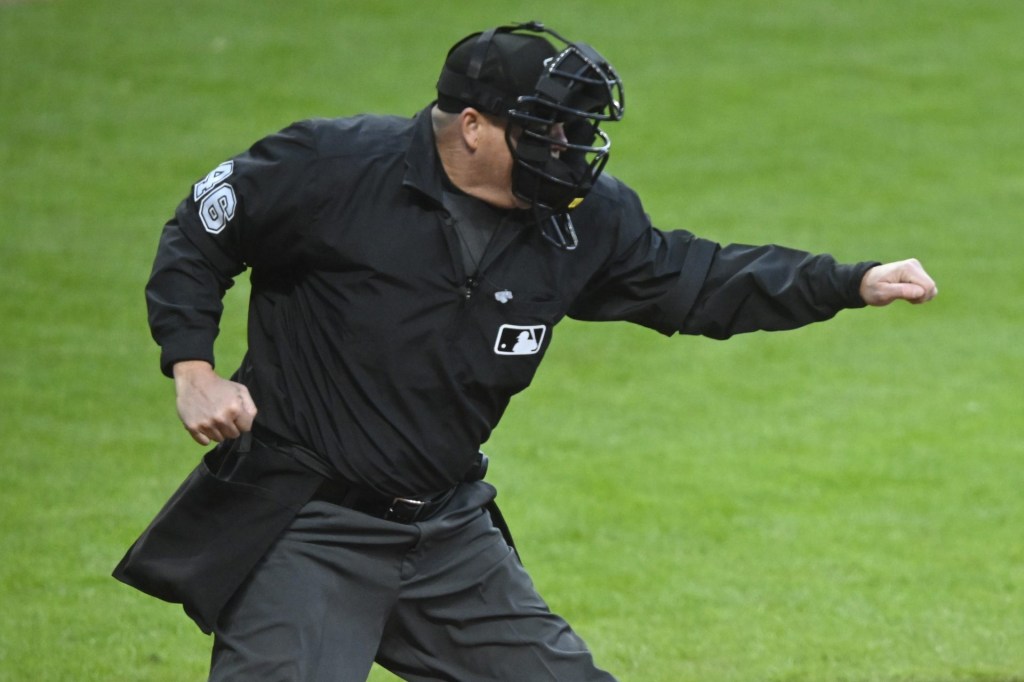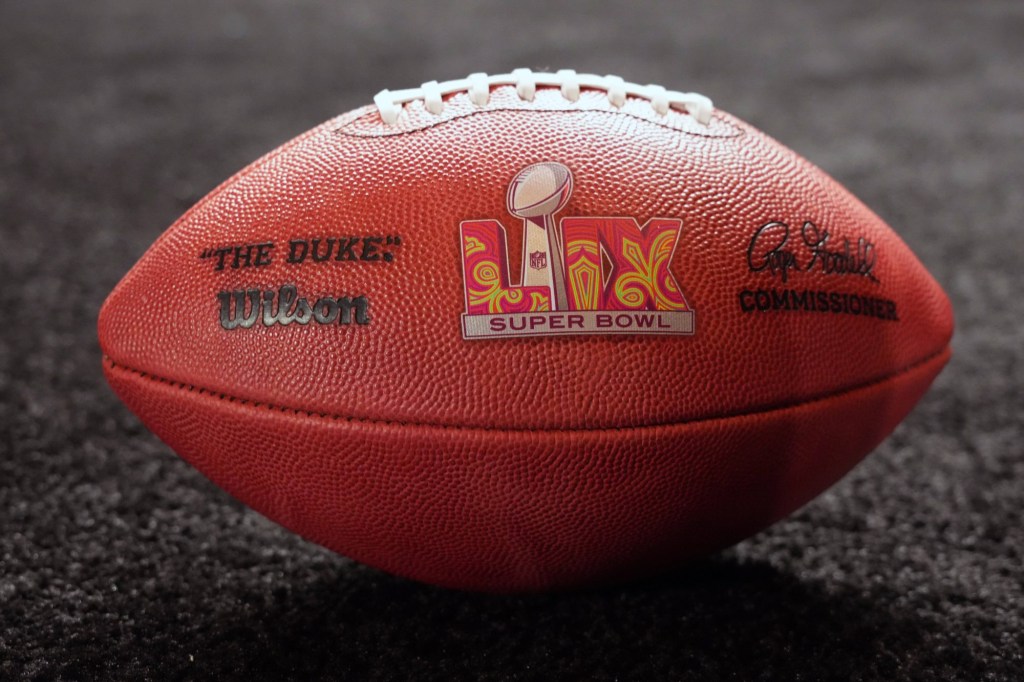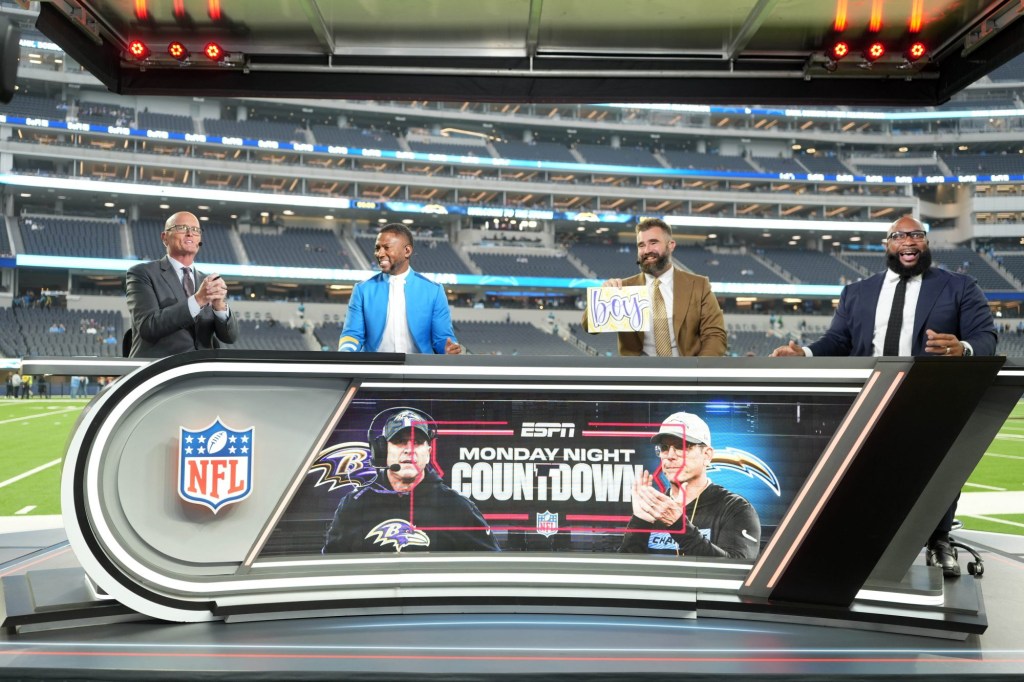At ComplexCon earlier this month in Long Beach, fashion-minded attendees had a chance to see some of the newest collaborations from the hottest brands in streetwear.
Among those was one of Los Angeles’ most well-known brands: the Dodgers, who collaborated with streetwear retailer Union Los Angeles that sold out quickly.
The collaboration between the Dodgers, Union Los Angeles owner Chris Gibbs and New Era included a six-piece capsule embracing Los Angeles and Dodgers iconography in streetwear.
The collaboration was just the latest for the baseball team, which has taken an aggressive retail and apparel strategy to expand its brand, said Allister Annear, Dodgers vice president of merchandising.
“It’s a huge focus for us,” Annear said. “We have an ownership group that’s focused on the fundamental things in how to develop a brand. We have been focused on re-establishing the brand in a positive way to fan-centric focus.”
Along with putting together a star-studded team on the field, Annear said there has been an emphasis on the team’s merchandise business. Before joining the Dodgers, Annear worked in the fashion and footwear industry. Since he joined the Dodgers, the team’s merchandise business has more than quintupled and grown into the largest retail footprint of any Major League Baseball stadium, including nine retail stores.
“When I joined, I didn’t have a sports understanding,” he said. “So I approached the stadium as a mall, starting branded stores. It worked well from a partnership model. No one else was doing it, but now it’s commonplace.”
To keep things fresh, the Dodgers have set out to reinvent its apparel offerings, in a way Annear called “surgical” and a “balance of art and science” to sell the right things. As the Dodgers started approaching apparel collaborations, he knew they needed to be careful about their offerings – otherwise, they wouldn’t sell – but the idea was to look at streetwear culture and incorporate the Dodgers iconography and reach a new market segment of non-baseball fans. From there, there’d be a hope they’d make their way to Dodger Stadium for a game.
“Other sports are sexier, but baseball is a cool sport if treated right and understood,” he said. “We’re trying to take our brand, that we’ve cleaned up and grown well and you’re seeing growth.
“It’s not about doing more and selling more now, it’s about sustaining it and having a more intelligent conversation.”
A key piece has been tapping into large merchandisers that are licensed MLB retailers and partnering them with the smaller collaborator partners. The Dodgers aren’t the first to run innovative collaborations, as Travis Scott, New Era, and the Houston Astros partnered a few years ago on a cap.
The Dodgers have done about 10 collaborations, Annear said, ranging from the Union Los Angeles release to a Dodger-inspired Nike Cortez drop.
“The shoe is prolific in the LA market,” he said. “It made sense to tap into the sneaker culture and do drops at the stadium.”
Other collaborations have been done with New Era X Born and Raised and Bape X Mitchell & Ness.
“We’re trying to break down barriers and reach fashion fans that might not otherwise pay attention to baseball,” Annear said. “You can very easily do it wrong but we’re trying to do it in a very genuine and authentic way with the right brands at the right time, while not hitting the same note.”
Annear said it helps that Los Angeles is once again considered a trendsetting city, but doesn’t necessarily believe that prohibits other teams from taking a similar approach to its retail presence. But a fashion collaboration in Kansas City or Chicago would likely need to be different brands and styles.
While Los Angeles is an epicenter of fashion, Matt Powell, a senior industry advisor with The NPD Group, said he doesn’t believe that gives the Dodgers a leg up on other teams with collaborations.
“Maybe they have more of an inclination to do it because of Los Angeles,” Powell said. “Maybe it’s how the management views it. But every team could be doing something to extend the brand into other categories and communities that aren’t baseball fans.”
Annear said while it’s not a commerce play, but brand building, it has paid off from a financial standpoint. Annear declined to put specific sales figures on the projects.
Like Annear, Powell said fashion collaborations aren’t a strong play for strict revenue gains, but about connecting with consumers who aren’t traditional baseball fans.
“One of the secrets of success here Is limited quantities,” Powell said. “So I can have something you can’t have because I was there at the right time and got it. If you make 1,000 or 500, that means it has more value – the reach is somewhat limited but he nature it’s driven by scarcity.”
The Dodgers won’t lose focus on its core fanbase, Annear said, but he believes nothing but good can come from continuing to create authentic partnerships and products.
While acknowledging that not all partnerships are guaranteed to work, he said there are four to five collaborations in the works for next season.
“It’s constantly asking how can you stay having a conversation with consumers,” he said. “We’re a baseball team that’s been around a hundred years, but we like fashion too, we’re interested in the space and want people to look at what the Dodgers have to offer.”
Powell said collaboration has been a huge piece of the fashion industry for more than 20 years, but the digital landscape has magnified the practice. It’s also a potential access point to return sports to where it was two decades ago when team logos were often a staple in streetwear.
“There was an effort to get color changes, new logos, new ideas that would drive sales,” he said. “That’s fallen out of favor now. Not many are wearing logo products unless at a game. We’re in an athleisure cycle, yet we haven’t seen the sports licensed products riding the same trend.
“You’d think there would be a connection, maybe it’s out there and we haven’t stumbled on what will unlock it.”
